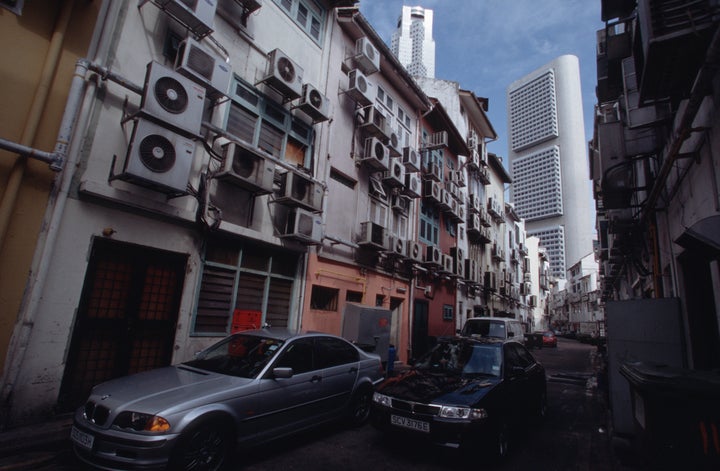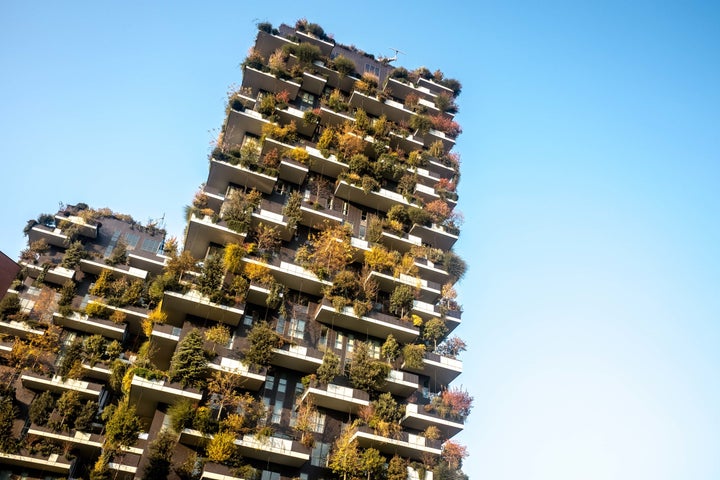
A heat wave is one of the deadliest forms of environmental extreme, and in the concrete jungle of a city its effects can be magnified to an almost unimaginable degree.
Using a global climate model researchers led by Princeton University studied how heat waves would interact with some 50 North American cities up until 2100.
What they found was surprising, and potentially a little worrying.
Thanks to a combination of impenetrable, concrete surfaces and lack of moisture in the surrounding areas these cities will become hot spots during a heat wave.

This is then only made worse by the overuse of air conditioners which also pump heat out into the wider urban environment.
Despite a predicted increase in rainfall across the board, the way we build our cities almost completely cancels out any positive effects it could convey.
Now maintain that heat level through the night and you’re creating an environment where literally no-one in the city can escape the heat.
The problem is intrinsically tied to a city’s need for naturally occurring moisture in the surrounding area. If it doesn’t have enough moisture it won’t cool as quickly as areas that that have plentiful supplies of it.
The results of which, would be severely unpleasant for an awful lot of us.
“Given that 50 percent of the world’s population currently lives in cities, and that percentage is projected to increase to 70 percent by year 2050, there is a pressing need to understand how cities and landscapes are affected by heat waves,” said Lei Zhao, a postdoctoral research associate at Princeton’s Program in Science, Technology.
One of the solutions for this is a clearly changing the way that we build or expand our cities.

By building ‘green’ buildings or at least buildings with ‘green’ roofs we can use natural vegetation to mitigate some of the heat that’s being trapped down on the surface.
“Our findings underscore the importance of implementing heat-mitigation strategies today. They also highlight the need for more studies of this nature to give us a better idea of the cities and landscapes that are most affected now and also under additional greenhouse warming,” said co-lead author Michael Oppenheimer, Professor of Geosciences and International Affairs and the Princeton Environmental Institute.
